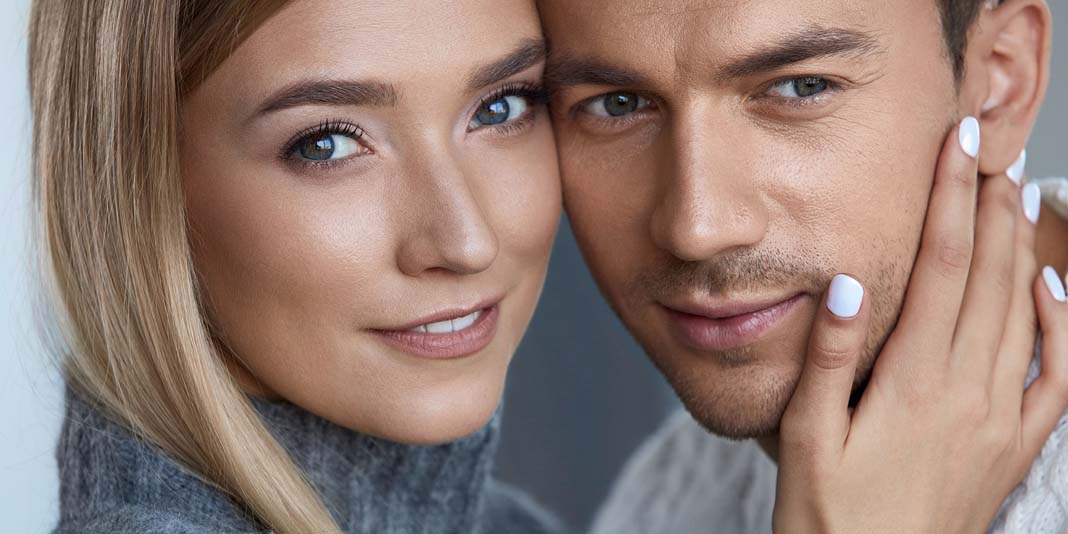Can beauty be measured? Some scientists seem to think so.
In this study—the first to study face proportions and beauty—subjects viewed photographs of 232 Caucasian females and males, including 32 photos of well-known film stars like Rock Hudson and Meg Ryan, and rated their attractiveness on a scale of 1-10.
The researchers were looking for three possible predictors of facial attractiveness: neoclassical canons (also known as the “artistic ideal”), symmetry and the golden ratio.
The first, the neoclassical canons, are a set of face proportions developed by the Ancient Greeks as a guide for artists. They divide the face into even sections, vertically and horizontally, showing how far apart or how large each of your features should be. The second is symmetry, or how perfectly one side of your face mirrors the other. Finally, the third is the golden ratio, or ratios of 1 to 1.6 between various facial features.
Their question: Which measurements are most likely to predict beauty?
Overall, they found that the neoclassical canons and the golden ratio matter more for beauty than symmetry. For example, the face appeared most attractive when the nose length equaled the length of the forehead and lower face, and as the ratio of the face length to width approached the golden ratio.
It may be possible to measure beauty, but most people actually fall pretty close to the ideal.




































